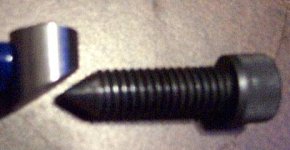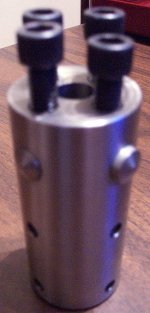S
Shiraz Balolia
Guest
Shiraz
I was going to talk to you about that and a couple of other things at the Shot Show. See you and Gordy at the show.
Dave
Dave - Look forward to seeing you there. If I am out and about shopping for "toys", have them call me and I will return to the booth.



